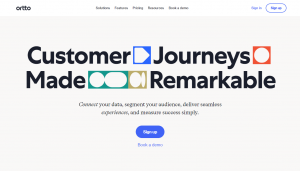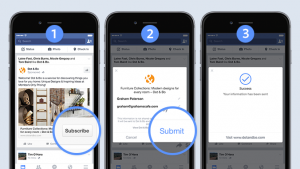How To Prove Performance For Television And Radio
Dan Granger, CEO and founder of performance marketing agency Oxford Road, uses the word “attribution” to describe getting as close to the truth as possible when it comes to proving performance for television, radio and podcasts, but there are several approaches to prove performance that COVID-19 has helped to create.
Granger, who once worked at Clear Channel, draws from his personal experiences to support brands. For example, he named the company after a Michigan street on which he was born and lived until age 17. “I’m a big believer in relationships,” he said, pointing to the relationship between media channels.
The surveys can get brands pretty close to the truth, he said, but there are tools that give brands pretty reliable numbers about the impact of the channels. These tools can provide a sample from each audience to determine how one program does against another to optimize the campaign.
“Just don’t look at it as a whole universe of respondents,” he said. “There has to be a multiplier based on the aggregate impact of the channel vs. the show-by-show impact of the channel.”
For example, in television the only real way to get exact numbers is if marketers control all their marketing channels. Don’t combine media channels, Granger said.
“If the brand is selling a toothbrush and gets 1,000 new online orders daily and they’re trying to do a pure attribution study, they don’t throw in a direct mail campaign when they’re trying to prove a television campaign,” he said. “Look at it as a pond. The only real way to know how the TV or radio ads do is to hold the water level stable and not throw too many other things into the pond.”
This allows the brand to spend enough in those channels to see the actual contribution of the campaigns, because brands measure the lift in performance, he said. The problem is trying to determine the real lift in the number of people buying products while the ad is running. Companies doing this type of advertising have already spent enough, so they would still see a statistically significant lift in performance.
“The best way to measure performance in television or radio is to look at the baseline lift in the volume of customers acquired, but in reality there are too many competing market factors that can cause change in the averages and throw off the ability in what’s happening to actually do it this way,” he said.
In audio, one way that has been affected is the promo codes, but Granger said each represents about 14 times what is presented, so it’s not really an exact science.
For ads in podcasts, there is pixel-based attribution, but not all companies offer it and often there is duplication. It’s difficult to tell if the listener heard the podcast and then viewed the television ad and then saw the social media ad.
“There’s a bunch of broken compasses in attribution and you’re hoping you can use a few and point generally in the same direction, although they’re wobbling while you do it,” Granger said.
While there are compliance tools, brands still need to look for the anomalies and the false positives. Attribution is still everyone’s problem.
“Look, we couldn’t even get the projections correct for COVID-19’s impact on society, even with all the smartest people in the world using all the top AI,” he said. “It’s still anyone’s guess. The truth is, no one has attribution correct. The industry’s still looking for the absolute truth. You can advertise and know enough to make sound decisions.”
(39)





